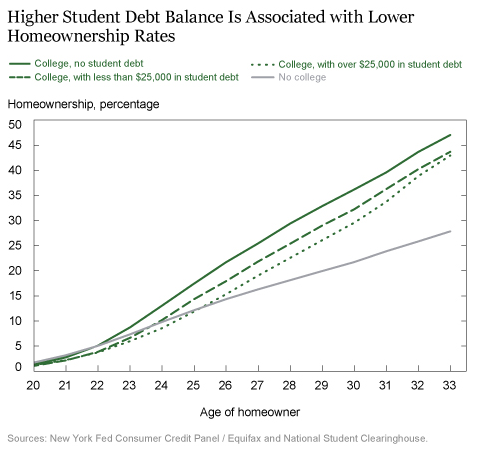So, there’s a ton of TA Technology on the market that is claiming to ‘disrupt’ recruiting. The recruiting they are claiming to disrupt is the agency recruiting game, for their ‘ever so thankful’ corporate talent acquisition ‘partners’. I’m going to name them, new ones crop up every day it seems, but I won’t give them the extra publicity. Here’s how their sales pitch goes:
“Hey, We’re disruptive! We’ll save you 70% off your cost per hire, just use our technology! Did we mention WE’RE DISRUPTIVE! Yeah!”
That’s honestly the sales pitch. The reality is a little less flashy and entirely different story that real corporate talent acquisition leaders aren’t buying. Why? These disruptors are building their 70% sales pitch on agency fees as your cost per hire.
It works like this:
1. You can’t fill a position.
2. Agency can for 25% of the first-year salary on a $100k job.
3. Thus, your cost of hire is $25,000.
4. We’ll do it for $7,500!
The reality is, these tech companies are frauds. The true cost of hire for a direct hire for most organizations is less than $7,500. So, no one buys your disruptive pitch of savings. What you’re truly selling is a ‘discount’, not a technology disruption, and your soft-math is all wrong. Your ‘technology’ is basically an automated version of what an agency does (but less effective), offered at a discount.
To be fair, if you have no ability to recruit internally and you use a ton of agencies and have a huge agency spend, this might help you save some money. But, it’s a band-aid for a bullet wound, not a disruptive solution.
Discounting is a crappy world to compete in because you can never get out it. Once someone gets a discount, they always want a discount or more of discount. If discounting is your business model, you need to get out of that business. Take a look at every single retail organization that has ever gone out of business. It started with discounting.
Okay, I’ll give you that you’re disrupting bad recruiting. I’ll give you that. But, guess what, no corporate TA leader I know likes the awful Indian-Call-Center recruiting models anyway. It’s the lowest common denominator in the recruiting world. We don’t need more of that, we need less of that.
Do you really want to disrupt recruiting?
Help TA leaders truly become better in understanding the technology that will actually help them hire noticeably better talent. Don’t just take advantage of them a little less the next company. Help them build a stack and a model where they don’t have to rely on outside organizations to do the hiring for them.
There’s some really good TA Tech on the market doing this. That’s the disruptive stuff – folks like Lever, Clinch, Smashfly, HireVue, Outmatch, Role Point, Greenhouse, Textio, Jobvite, Text Recruit, etc. (plus a ton of others I reviewed on my weekly T3 tech blog series)
These organizations aren’t trying to take advantage of your ability not to be able to hire the talent you need, they’re trying to partner with you to make you self-sufficient. That’s disruption!
So, yeah, I run an agency. A post like this probably doesn’t help my business, but I can’t stand to see these upstarts try to sell themselves as technology when they’re not. Also, I do contract work, I don’t want your direct openings! I want your contingent openings!
Happy recruiting this week!


